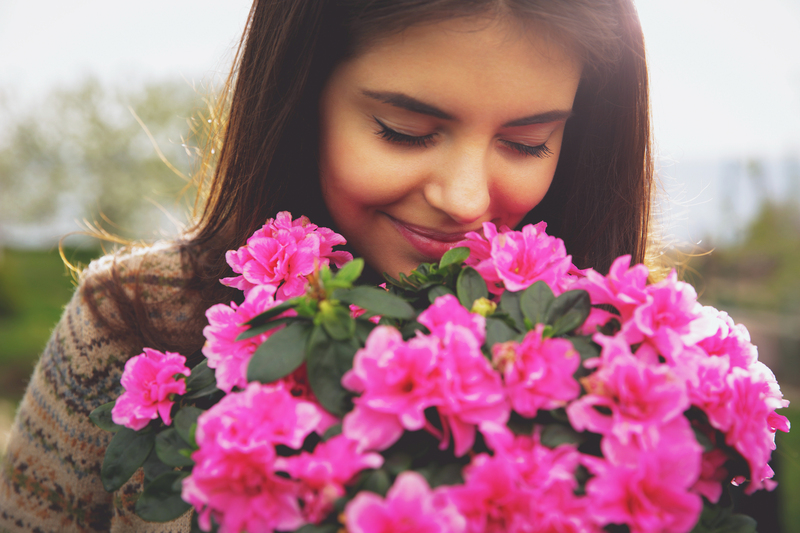The Versatile Beauty of Hydrangea: A Flowering Chameleon
Posted on 11/09/2024
When it comes to versatile and stunning flowers, the hydrangea is a true chameleon. With its ability to change colors, adapt to different soil types, and thrive in a variety of climates, this flowering shrub has captured the hearts of gardeners worldwide. In this article, we will take a closer look at the unique characteristics of the hydrangea and explore why it is such a beloved addition to any garden.
What Makes Hydrangeas So Special?
Hydrangeas are native to Asia and North and South America, and they come in over 70 different species. However, the most popular variety is the bigleaf or French hydrangea, known for its large colorful blooms that adorn gardens from late spring until fall. One of the most intriguing aspects of this flower is its ability to change color based on the pH level of the soil it is planted in. Depending on whether the soil is acidic or alkaline, the petals can range from vibrant pinks and purples to soft blues and whites.

Adaptable Nature
Unlike many other flowers that require specific conditions to thrive, hydrangeas are relatively easy to grow and maintain. They can adapt to a wide range of soil types and levels of sunlight, making them suitable for various climates. As long as they are provided with well-draining soil and regular watering, these hardy shrubs can survive even harsh winters.
Another advantage of hydrangeas is their size. They can grow up to six feet tall and wide, making them perfect for filling large empty spaces in your garden or creating beautiful hedges. They also make excellent cut flowers due to their long-lasting nature once cut from the plant.
Tips for Growing Healthy Hydrangeas
To ensure your hydrangeas bloom beautifully year after year, there are a few essential tips you should keep in mind.
1. Choose the right location: Hydrangeas prefer partial shade, so it is best to plant them in areas that receive morning sun and afternoon shade. However, if you live in a cooler climate, they can handle full sun as well.
2. Prepare the soil: As mentioned earlier, hydrangeas are adaptable and can grow in various soil types. However, they thrive in moist, well-drained soil with plenty of organic matter.
3. Prune correctly: Proper pruning is essential for maintaining the shape and size of your hydrangea bushes. Prune them in late winter or early spring before new growth appears, and be careful not to remove any buds that will produce flowers.
4. Adjust pH as needed: If you want to control the color of your hydrangea blooms, you can adjust the pH level of your soil by adding acidic or alkaline amendments. For pink blooms, add lime to raise the pH level, and for blue blooms, add aluminum sulfate to lower it.

Pros and Cons of Growing Hydrangeas
Like any plant, there are both pros and cons to growing hydrangeas in your garden.
Pros:
- Versatile and adaptable nature
- Beautiful blooms that change colors
- Can grow in a wide range of climates
- Easy to maintain
- Can be used as cut flowers
- Attracts pollinators
Cons:
- Susceptible to some pests and diseases like powdery mildew and aphids
- Requires regular watering during dry spells
- Pruning can be tricky for beginners
The Takeaway
Hydrangeas are undoubtedly one of the most versatile and beautiful flowering shrubs out there. With their ability to adapt to different conditions and stunning color-changing blooms, they add a touch of elegance to any garden. By following a few simple tips, you can easily grow healthy and robust hydrangeas that will bring joy and beauty to your outdoor space for years to come.
In conclusion, whether you are a seasoned gardener or a beginner looking to add some color and charm to your landscape, consider adding hydrangeas to your collection. With their chameleon-like qualities and unique features, they are sure to become a favorite in your garden. So go ahead, plant a hydrangea bush, sit back, and watch it transform into a flowering masterpiece.









